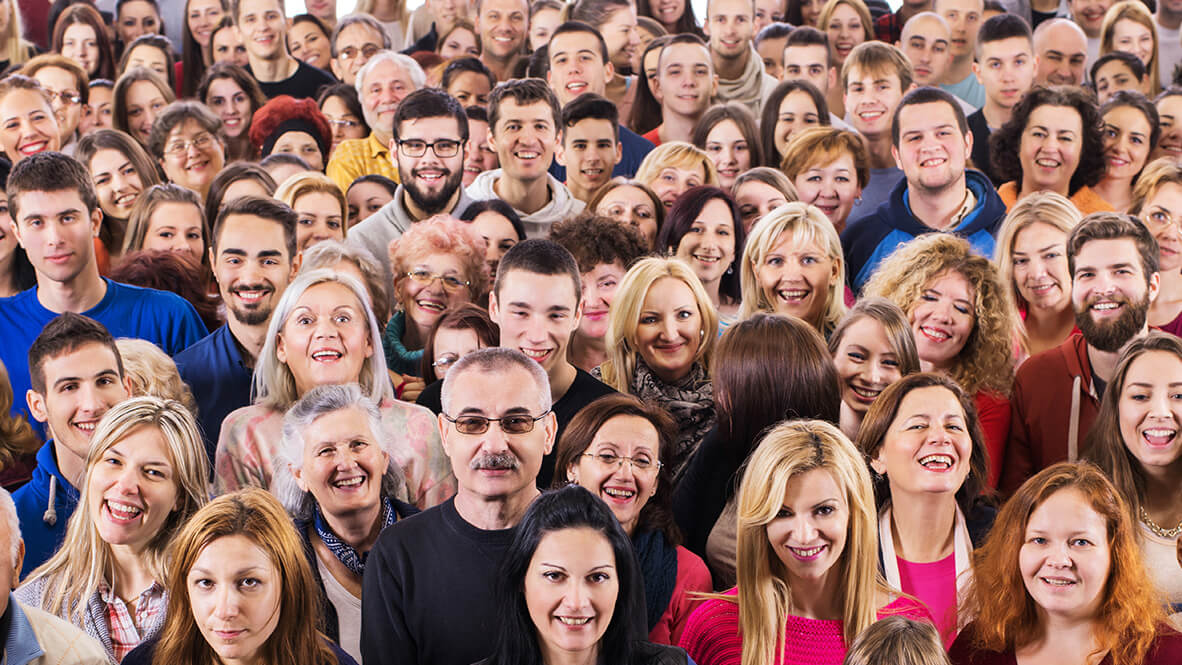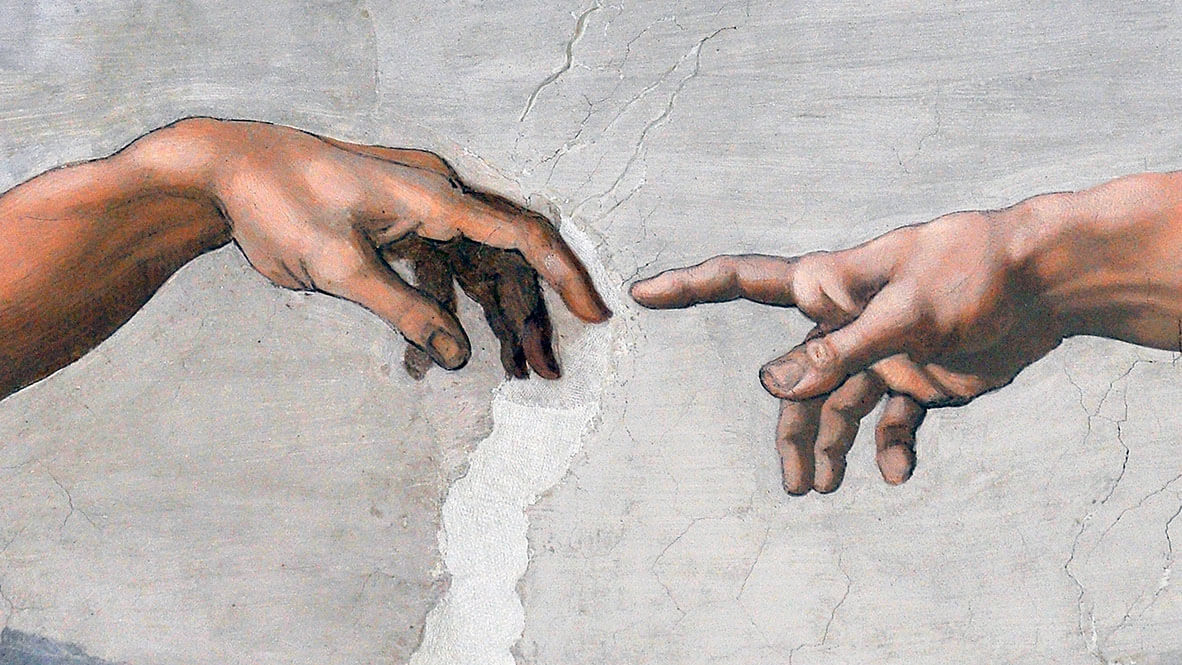Early research shows age-old beliefs about breast milk’s healing power might actually be backed by science.
For generations, mothers in many cultures have sworn by the healing powers of breast milk for their babies’ eyes. From soothing rashes to clearing up blocked tear ducts, it’s been passed down as a natural remedy. But what if there’s more to this age-old wisdom than meets the eye?
That’s exactly what researchers at the University of Colorado (CU) School of Medicine (United States) are exploring. They’re investigating to determine whether this is just an old wives’ tale or if there’s scientific proof behind the idea that breast milk can truly help heal corneal wounds.
From a mother’s instinct to research
It all began years ago when Dr. Emily McCourt, an associate professor of ophthalmology at CU and a pediatric ophthalmologist at Children’s Hospital Colorado, treated a baby with a corneal chemical burn. The mother, rather than using the prescribed ointment, chose to treat the wound with her own breast milk—and that made Dr. Emily McCourt intrigued.
In a recent release from the University of Colorado, Dr. McCourt recalls: “I remember thinking, ‘Well, that’s interesting because this patient looks amazing.’ Then I thought about all the parents who had mentioned using breast milk for their child’s blocked tear ducts or rashes. There was a real opportunity to look into what was happening and why.”
Dr. McCourt shared her curiosity with Dr. Mark Petrash, and in a 2016 study, they found that when human breast milk was applied to wounded corneas in animal models, healing happened faster than with traditional treatments like saline or prescription ointments.1
This process, known as re-epithelialization—which helps regenerate damaged tissue—was notably quicker in the corneas treated with breast milk, but they didn’t yet have a clear understanding of how.
This was only the beginning of what they were going to uncover later in 2024.
Breast milk boosts corneal healing with high Ki67 levels
In 2024, to analyze specific cellular markers in breast milk’s effect on corneal wounds, Dr. McCourt launched a new study, led by Dr. Sarah Pimple, a CU School of Medicine graduate, and supported by Michelle Pedler along with Dr. Petrash. The findings were eye-opening.2
What they discovered was higher levels of Ki67, a protein that indicates cell proliferation, in the corneas treated with breast milk. “The sooner that wound can heal, the better. Human breast milk seems to stimulate that process,” Dr. Petrash said in the University of Colorado news release.
What’s in breast milk that helps heal?
Now, the million-dollar question: What exactly is in breast milk that accelerates corneal healing? The team isn’t entirely sure yet, but Dr. McCourt has a hunch.
She believes breast milk might contain similar healing properties as serum tears—a therapeutic treatment made from a patient’s own blood that’s rich in proteins and growth factors. These factors mimic the natural components of tears and help treat conditions like dry eye or inflammation.
“I’m really excited to figure out why breast milk works so well,” Dr. McCourt said. “Could we take that maternal power and turn it into an eye drop, much like serum tears? It’s an exciting idea, and we’re just scratching the surface.”
The promise of breast milk in medicine
While the CU team is encouraged by their findings, they also acknowledge that they’ve only just begun exploring breast milk’s potential as a healing tool. Historically, cultures around the world have sung the praises of breast milk’s therapeutic qualities.
The Ancient Egyptians called it the “nectar of the gods,” and Greek and Roman cultures believed in its life-saving properties.3 Fast-forward to the 18th century in England, and there are even stories about how breast milk saved lives.4
Now, modern science is catching up with these age-old beliefs—and it might be only “the tip of the iceberg,” according to Dr. Petrash.
“Breast milk itself is very complicated. There are sugars, carbohydrates and lactose. There are a lot of proteins that have human growth factors and different kinds of biological properties. It would be really good to know what it is about breast milk that makes it so therapeutically promising,” explained Dr. Petrash.
What comes next?
While Dr. McCourt advises parents to always consult a healthcare professional for eye injuries, she’s hopeful that this research could lead to new treatments for corneal wounds in the future.
“This research supports the idea that women have known for a very long time that breast milk has potential healing properties and may be beneficial in many ways. We’re getting closer to understanding why,” she added.
As the research progresses, the team hopes that one day we might be able to harness breast milk’s natural healing properties in clinical treatments. Who knows? This study could open the door to new therapies that we’ve overlooked for centuries.
Editor’s Note: This content is intended exclusively for healthcare professionals. It is not intended for the general public. Products or therapies discussed may not be registered or approved in all jurisdictions, including Singapore.
References
1. Diego JL, Bidikov L, Pedler MG, et al. Effect of human milk as a treatment for dry eye syndrome in a mouse model. Mol Vis. 2016;22:1095-1102.
2. Pimple SN, Pedler MG, Shieh B, Mandava A, McCourt E, Petrash JM. Human Breast Milk Enhances Cellular Proliferation in Cornea Wound Healing. Curr Eye Res. 2024;49(11):1138-1144.
3. Fanos V, Pintus R, Reali A, Dessì A. Miracles and mysteries of breast milk: from Egyptians to the 3 M’s (Metabolomics, Microbiomics, Multipotent stem cells). J Pediatr Neonatal I. 2017;6(2): e060204
4. Salmon M. The Cultural Significance of Breastfeeding and Infant Care in Early Modern England and America. J Soc Hist. 1994;28(2):247–269.



